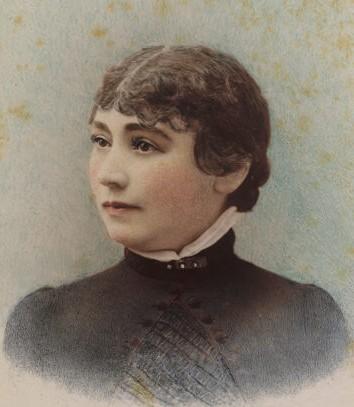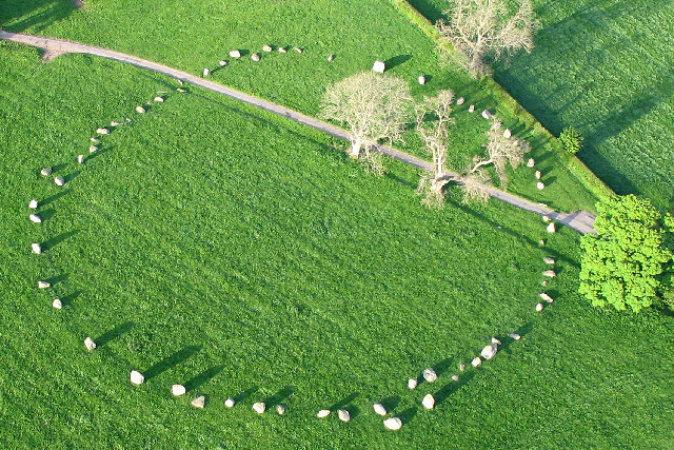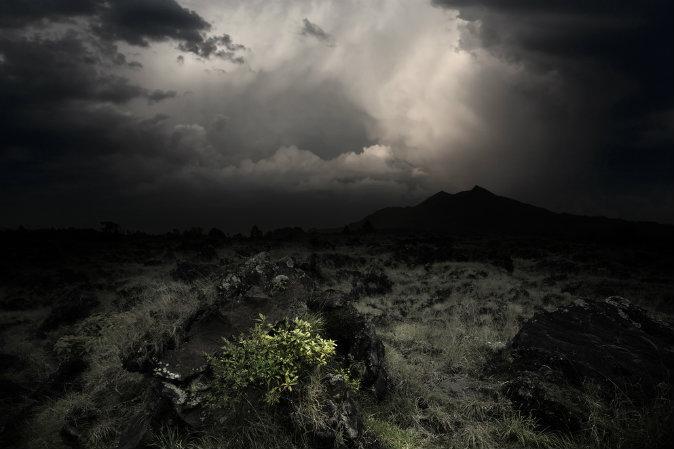The Winchester Mystery House is an unusual 19th-century mansion in San Jose, Calif., which contains numerous oddities including doors leading nowhere, 2-inch-high steps, windows overlooking other rooms, and an obsession with the number 13. The peculiar residence was once home to Sarah Winchester, the widow and heir to the Winchester rifle fortune. For over a century, rumors have been circulating about the reasons for Sarah’s odd architectural choices, but the story of San Jose’s most mysterious estate is a riddle that may never be solved.
Sarah Lockwood Pardee Winchester was born in 1837 in New Haven, Conn. In 1862, at the height of the Civil War, she was married to William Wirt Winchester, heir to the vast wealth of the Winchester Repeating Arms Company. The company had developed the Henry Rifle, the first true repeating rifle – a popular choice among the Northern troops at the outbreak of the Civil War.






